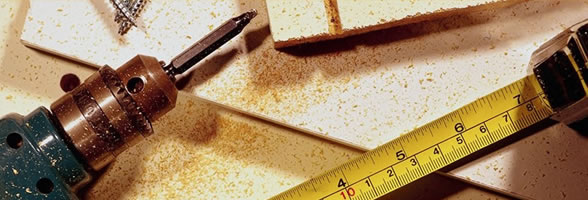
Breeder of Portugese Water Dog and Chinese Crested/Chinese Crested Powder Puff
Getting a CC/CCPP-puppy
If you are considering getting a CC/CCPP-puppy, take the time to check and ask for documentation that the parents have healthtests that are compatible. Please, don't buy a puppy from breeders that use sick dogs as that will only encourage that breeder to keep up the bad work. Som healthissues have known herediarity and can easily be avoided if the breeder has done it's homework. For example, some diseases are autosomal recessive which means that if a parent is carrier of that gene it must get mated to a dog that are tested free of the gene (or is free by parentage). If a carrier is mated to a carrier or an affected dog, one may expect affected puppies. If an affected dog is mated to a dog free of the gene, all puppies will be carriers.
I choose to test my dogs for both hip and elbow-dysplasia, even though there are not a lot of breeders who do this as the breeds clubs say nothing about it. Luckily, this is not a condition found often in the breed and I intend to do my best to keep it that way. Also, if a hip diagnosis like HD is discovered and the dogs needs medical care for this reason, not all insurance companies will cover it unless the dog's parents have an official result from the national kennel club. Issues, like hip or elbow dysplasia, have an external cause in addition to what the dog has from its parents. Scientists, breeders and dog owners debate this, but most agree that is is a combination of external and internal factors. Nevertheless, there is no reason to breed dogs with even a mild grade of dysplasia in my opinion, as there really is - enough dogs out there to avoid it. When looking for a breeder, also check the hip and elbow history of the combination. A breeder who won't show it to you, usually has something to hide...
What to check for in a CC/CCPP-combination:
- Status of hip/elbows if possible
- Status of these genetic conditions: PLL (Primary Lens Luxation), PRA-PRCD and CERF (Canine Eye Registration Foundation, eye-certification). The last one should include a KCS-test (Keratoconjunctivitis Sicca, "dry eye").
- That both parents have their CERF-registration, not older than a year!
- Degree of inbreeding: Please check the pedigree as far back as possible, 5 generations if possible. Watch out for a high degree of inbreeding for each dog like father/daughter, mother/son, brother/sister, half brother/half sister. There is no reason for this in this breed and it is unknown what effect it might have. There is no reason at all to take the chance.
- Number of siblings/litters. Maybe this doesn't seem relevant to you, but buying a puppy from someone who overuses a dog in breeding supports this breeder to use the dogs/lines more. It is recommended that a dog should not give more offspring than 4-5% of the total population during the last few years. Do your research! Sadly, not all breeders take this into consideration.
If you do your homework, you have many years to enjoy with your loyal and faithful four-legged friend should you decide to get a CC/CCPP!
